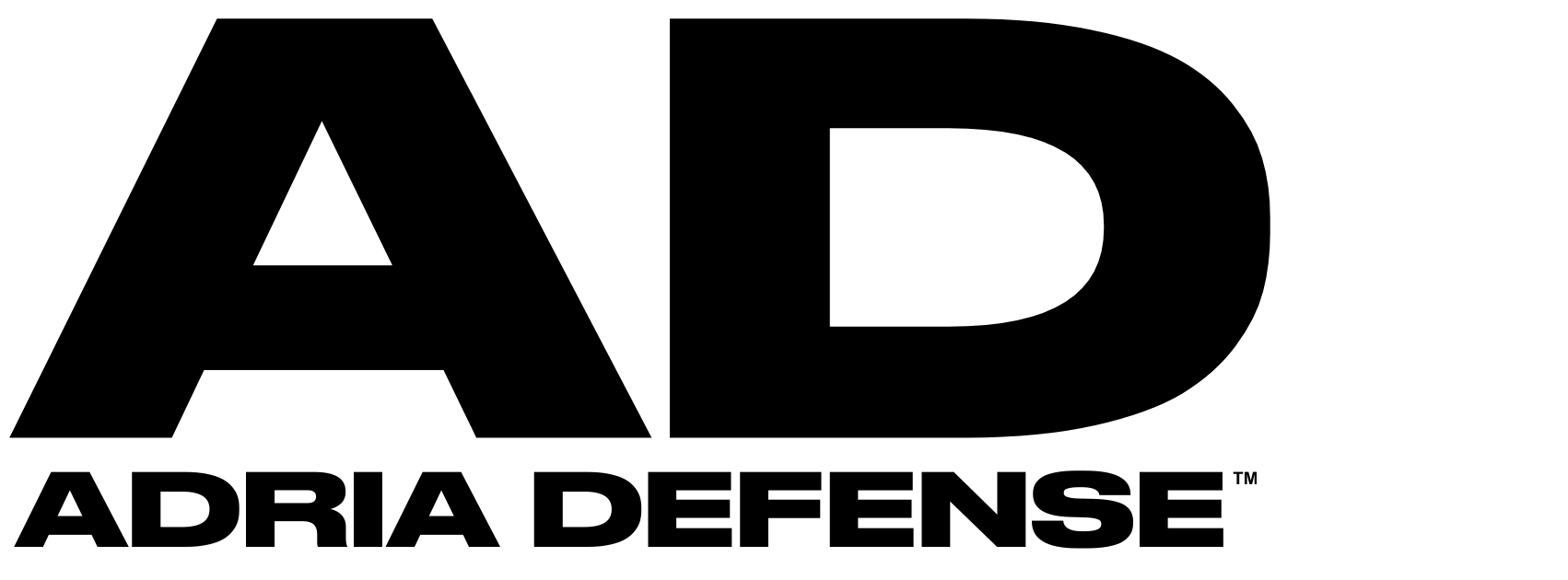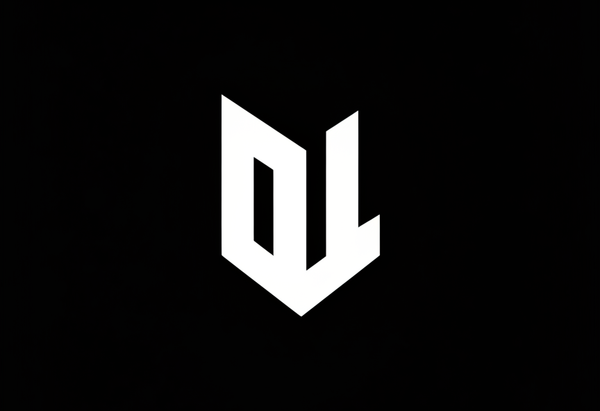Mali Under Siege: As Al-Qaeda Blockades the Capital, Sahel Militaries Re-Arm — and New Markets Open for SEE Defence Firms
With Bamako surrounded and Burkina Faso buying Chinese artillery by the dozen, the Sahel’s shifting alliances are redrawing Africa’s defence map. The West is losing ground — and South-East European manufacturers may find an opening where others retreat.

BAMAKO — The United States has urged its citizens to leave Mali “immediately” as militants linked to Al-Qaeda tighten their blockade around the capital. The warning follows weeks of attacks on fuel convoys and border routes that have left the country’s energy lifeline in tatters.
The jihadist group Jama'at Nusrat al-Islam wal-Muslimin (JNIM) has turned logistics into a weapon. Its fighters have been ambushing tanker trucks, burning depots, and severing the country’s few arteries of supply. With no access to the sea and limited storage, Mali’s economy and military are suffocating.
The result is chaos: fuel stations dry, transport crippled, universities closed, and power generation at risk. Even the Malian army — already overstretched — is struggling to move troops and equipment across the country. Analysts call it the most severe logistical collapse since the junta took power.
Regional Reverberations
The crisis has jolted Mali’s neighbours, particularly Burkina Faso and Niger, both run by military regimes and facing the same insurgent networks. Yet where Mali is besieged, Burkina Faso is arming up.
Over the past year, Ouagadougou has accelerated defence purchases on an unprecedented scale — Chinese-made armoured vehicles, rocket systems, mortars, and mobile artillery now arriving by the shipload. Russia, too, has stepped in with training and equipment for the joint “Alliance of Sahel States,” an emerging bloc of regimes that see themselves as sovereign, isolated, and determined to survive without Western help.
For the first time in decades, Europe’s influence in the region’s defence procurement is collapsing — replaced by Chinese speed, Russian willingness, and a sense of urgency that trumps all other considerations.
The Open Door for SEE Defence Manufacturers
That vacuum is not only geopolitical — it’s commercial. As France and the EU scale back their presence, a handful of South-East European (SEE) defence firms are quietly eyeing the gap.
These countries — Serbia, Bosnia & Herzegovina, Croatia, North Macedonia, and others — possess defence industries that can build the very systems the Sahel now demands: rugged, affordable, easy-to-maintain vehicles; mortars; small arms; ammunition; and modular logistics platforms.
Unlike Western prime contractors, SEE companies offer flexible pricing, shorter production cycles, and systems suited to austere environments. For regimes like Mali or Burkina Faso — cash-strapped, sanctioned, but desperate — such suppliers could prove decisive.
“There’s a narrow window where Balkan manufacturers could step in,” says one regional analyst familiar with the sector. “The Sahel doesn’t need stealth fighters. It needs trucks that don’t break down, mortars that fire every time, and local partners who deliver without lectures.”
Risks Behind the Opportunity
Still, the opportunity comes with serious risk. Contracts in the Sahel are politically volatile; payments can stall, intermediaries abound, and reputational damage from poor oversight is real. Export compliance, end-user monitoring, and ethical safeguards remain crucial — even more so as human-rights violations mount in counter-insurgency operations.
But for manufacturers in South-East Europe — many of which already trade with Africa and the Middle East — this may be the next growth frontier. As the Sahel militarises under new patrons, the region’s demand for reliable, mid-tier European hardware is only growing.
The Bigger Picture
Mali’s blockade exposes the fragility of modern insurgency states: a few dozen militants can freeze a nation by cutting fuel. In response, the entire belt of countries from Bamako to Niamey to Ouagadougou is re-arming — fast, uncoordinated, and outside Western supply chains.
Whether this arms race stabilises or further destabilises the Sahel remains to be seen. But one fact is certain: the map of who supplies Africa’s wars is being rewritten — and for South-East Europe’s defence industry, the lines are starting to point south.





